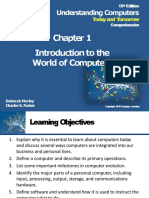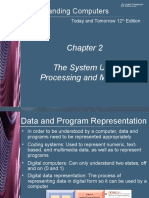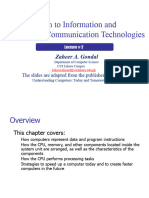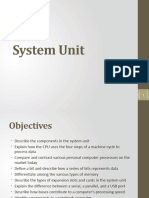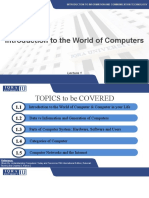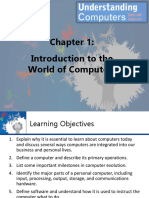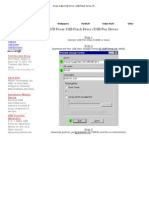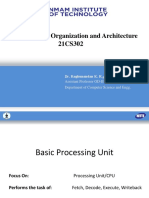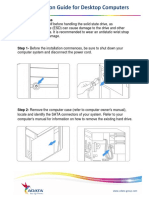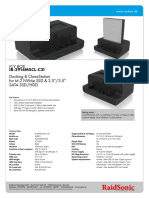0% found this document useful (0 votes)
71 views64 pagesProcessing and Memory Ict
This chapter discusses the components inside a computer's system unit that process and store data. It describes how digital data is represented using binary coding systems and how this allows computers to process information. The key components that process data are the CPU and GPU. Memory stores data and programs for the CPU to access and process. Expansion cards and drive bays can add functionality and storage.
Uploaded by
usersome6Copyright
© © All Rights Reserved
We take content rights seriously. If you suspect this is your content, claim it here.
Available Formats
Download as PDF, TXT or read online on Scribd
0% found this document useful (0 votes)
71 views64 pagesProcessing and Memory Ict
This chapter discusses the components inside a computer's system unit that process and store data. It describes how digital data is represented using binary coding systems and how this allows computers to process information. The key components that process data are the CPU and GPU. Memory stores data and programs for the CPU to access and process. Expansion cards and drive bays can add functionality and storage.
Uploaded by
usersome6Copyright
© © All Rights Reserved
We take content rights seriously. If you suspect this is your content, claim it here.
Available Formats
Download as PDF, TXT or read online on Scribd
/ 64

























